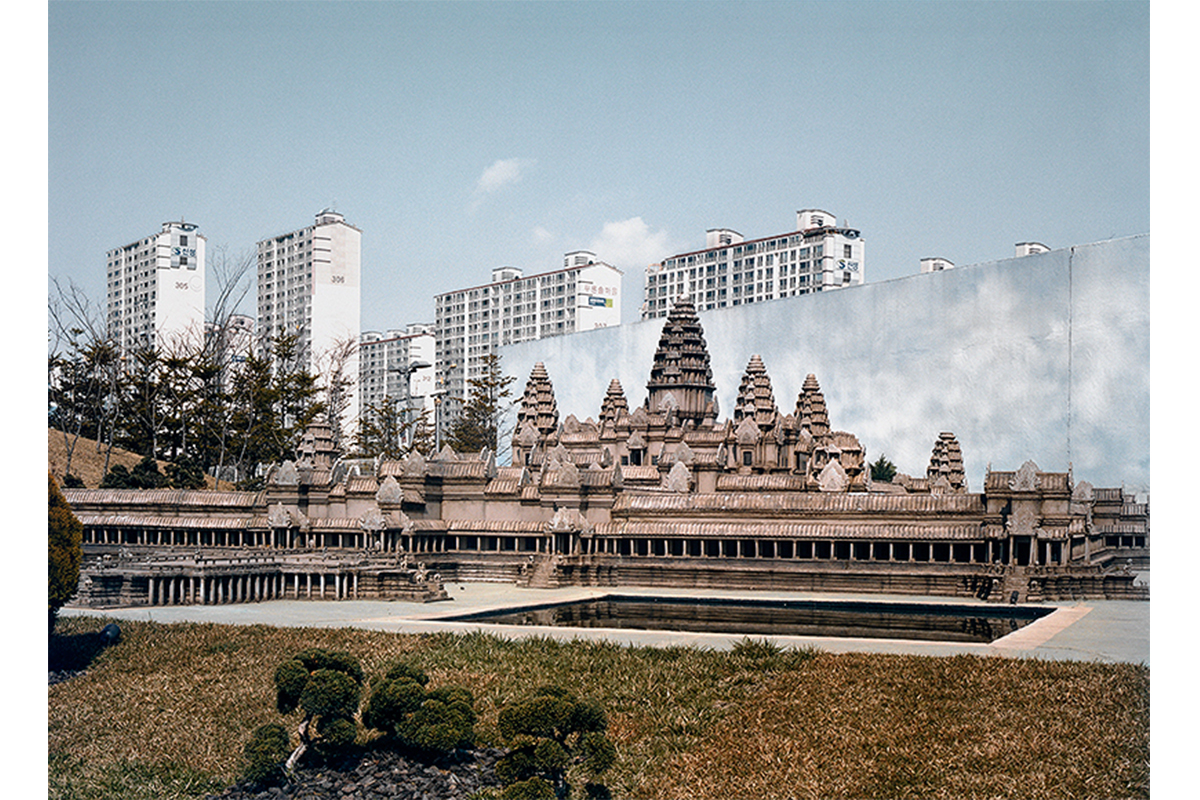
Dislocation/Urban Experience
Aprile Gallant is the Senior Curator of Prints, Drawings, and Photographs at SCMA.
Dislocation/Urban Experience: Contemporary Photographs from East Asia is the first exhibition in SCMA’s new Carol T. Christ Gallery for Asian Art which opened Friday, October 9. Named in honor of the former president of Smith College, the gallery honors her commitment to Smith as a global community and acknowledges the exponential growth in SCMA’s collections of art from Asia.
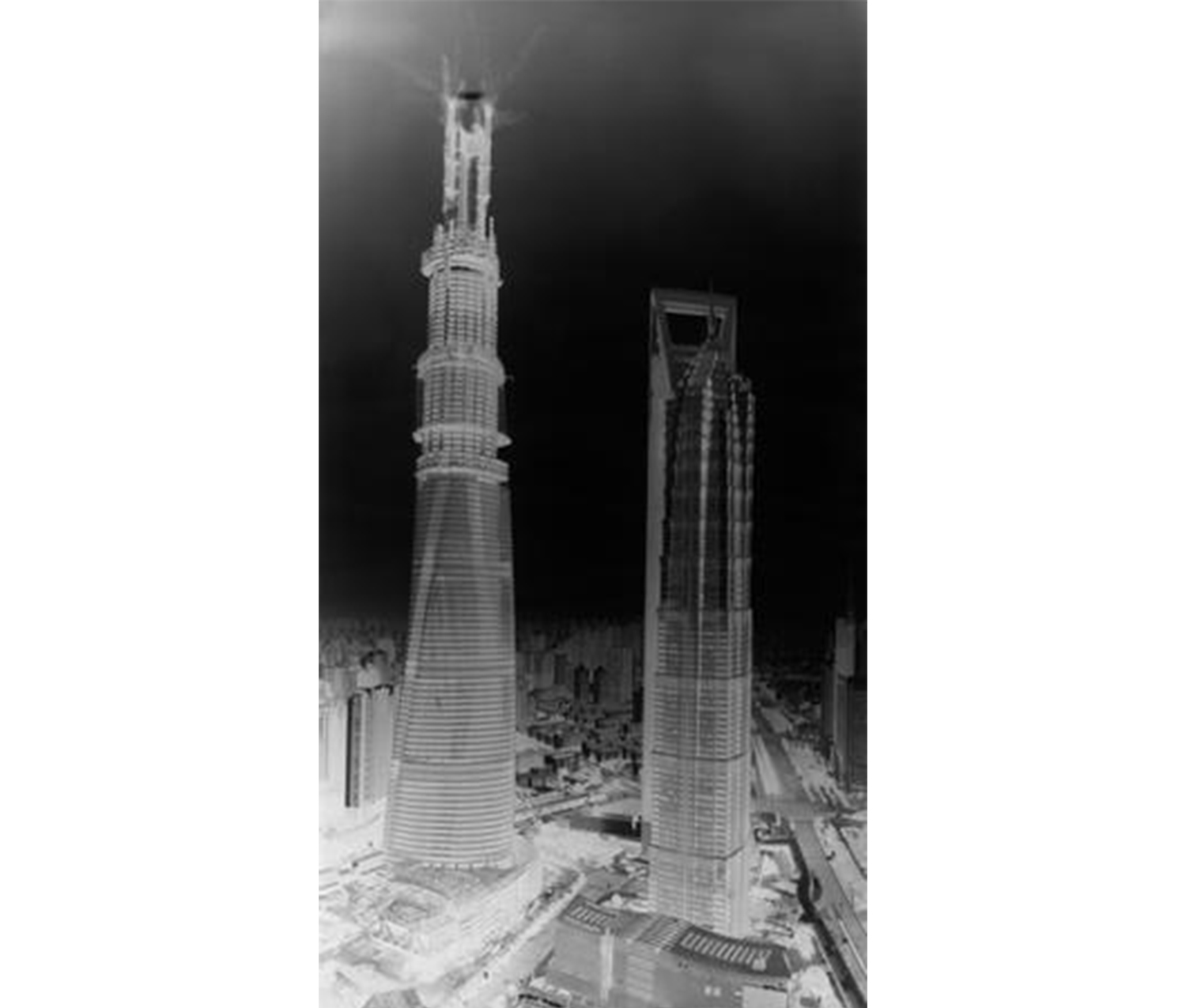
Shi Guorui. Chinese, 20th century. Shanghai Tower 10-11, August 2013. Gelatin silver print camera obscura. Courtesy of the artist.
Curated by Samuel C. Morse, SCMA’s Curatorial Consultant for Asian Art, Dislocation/Urban Experience focuses on the phenomenon of the megacity in China, Japan, and Korea. Today, East Asia is home to some of the largest metropolises on the planet. The population of Shanghai, the greatest in China, tops 22 million, but it is just one of five Chinese urban centers with populations over 10 million. While metropolitan Tokyo is no longer the largest city in East Asia, the megacity of Greater Tokyo remains the most expansive urban conglomeration in the world; one quarter of Japan’s entire population resides there. The population of Seoul is just over 10 million, yet the sprawling metropolitan area around the city houses more than 25 million people, almost half the residents of South Korea. Urbanization is not new in East Asia. However, its current scale is without precedent, and megacities are wreaking extreme pressures on the lives of people in China, Japan, and Korea.
Recording these changes in a variety of ways is a generation of photographers who have come of age during this period of rapid and unchecked urbanization. Some photograph the changing face of their cities: the high rise towers, theme parks, and rebuilt neighborhoods.
Others capture the lives of the residents, at home, on train platforms, or on the streets of the built-up landscape.
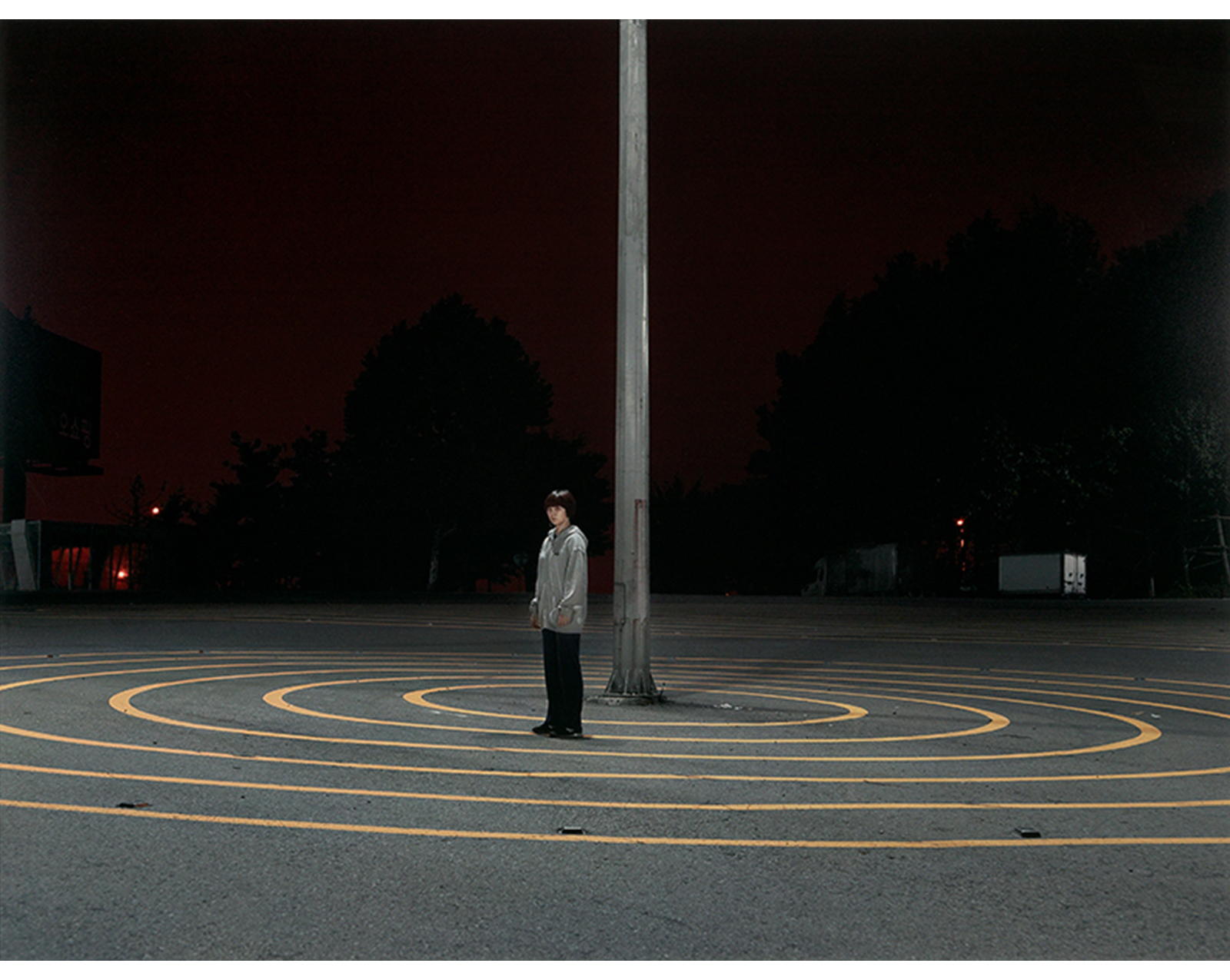
Kim Taedong. Korean, born 1978. Day Break #018, 2011. Digital pigment print. Purchased with the Carroll and Nolen Asian Art Acquisition Fund. SC 2016.16.1.
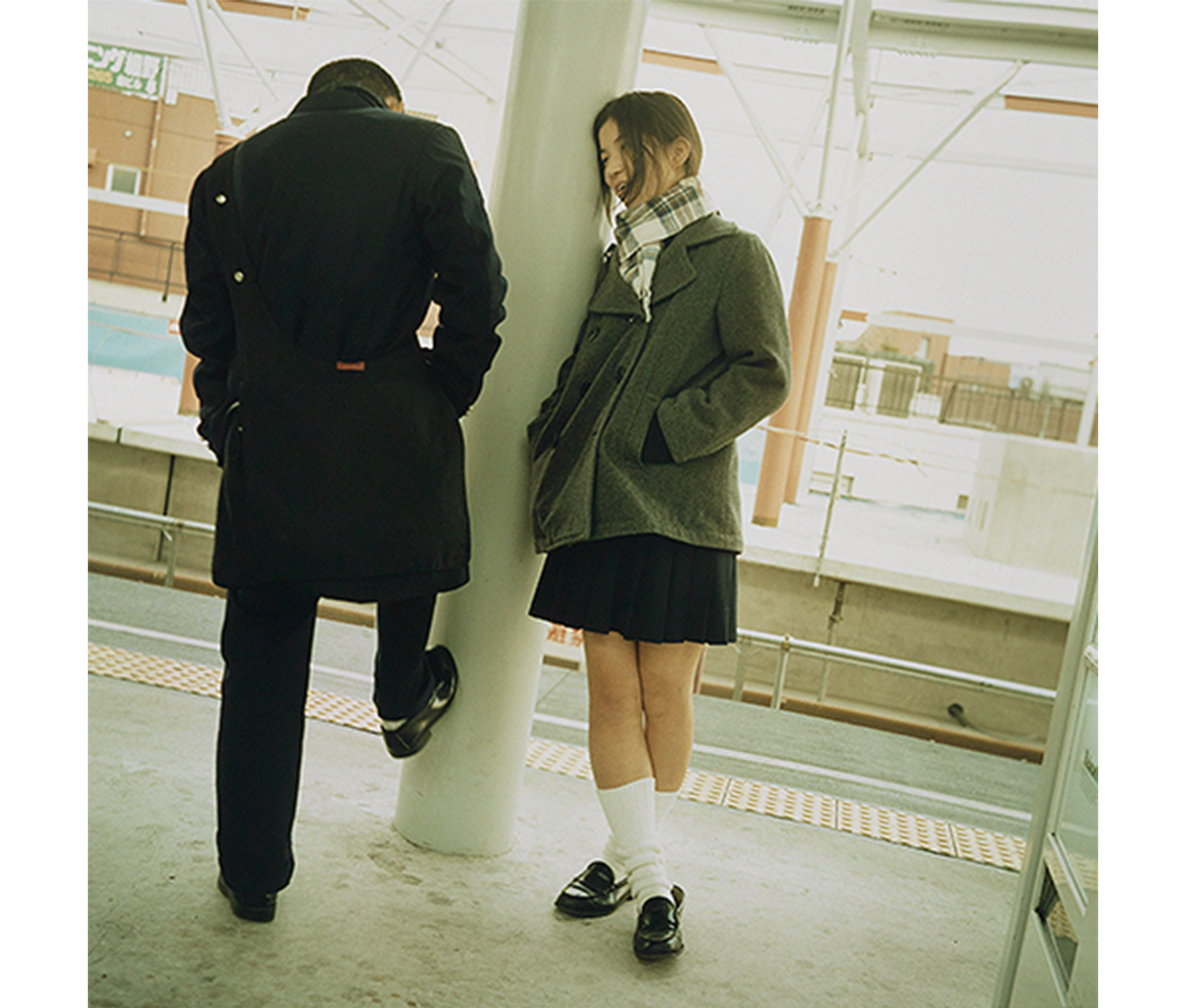
Mikiko Hara. Japanese, born 1967. Untitled from the series Primary Speaking, 1999. C-print mounted on aluminum. Purchased with the Carroll and Nolen Asian Art Acquisition Fund. SC 2015.5.1.
Many reveal the disparities in the lives of the new urban dwellers. All capture the sense of dislocation that dominates the lives of the residents of East Asia’s megacities.
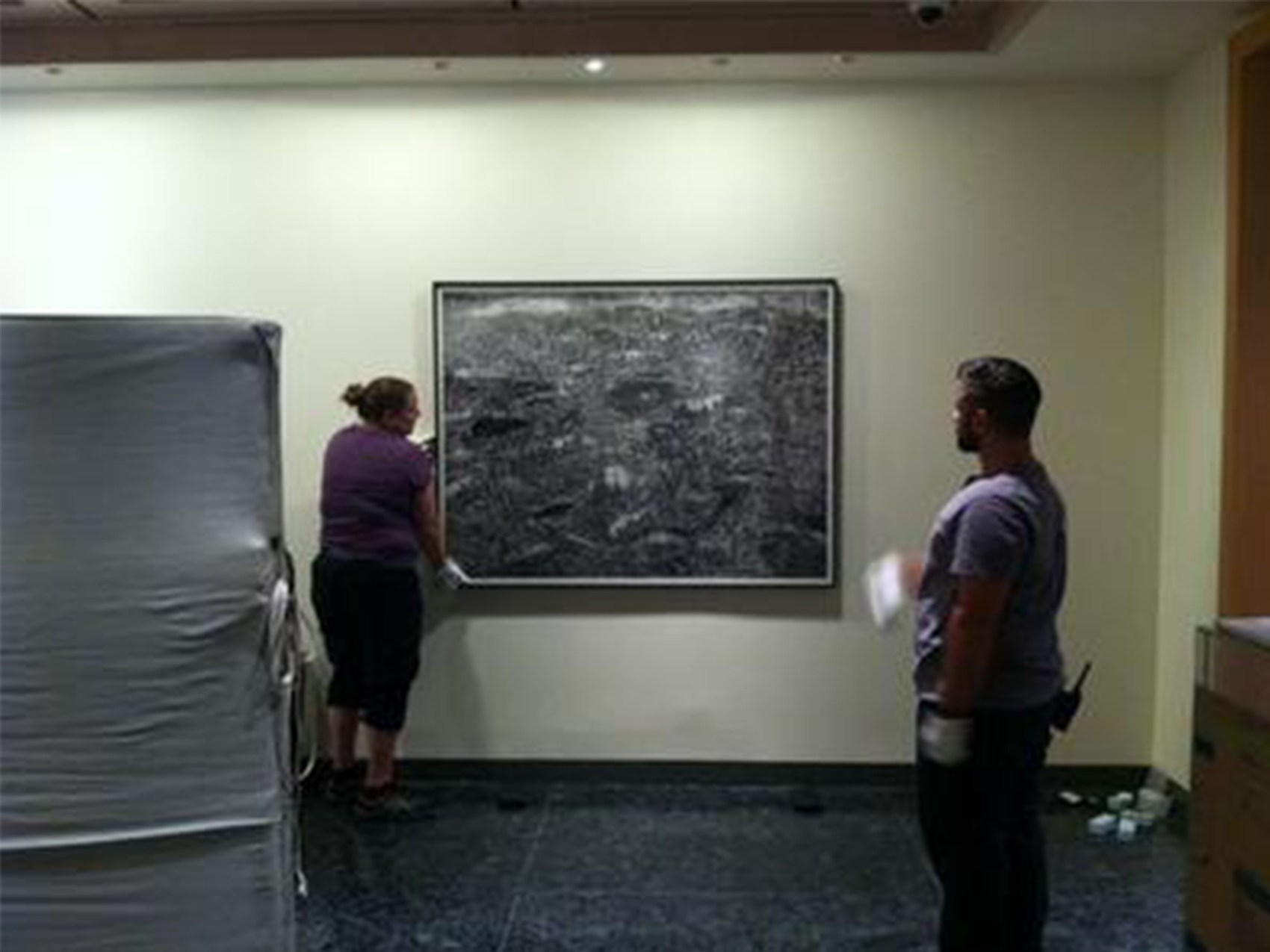
Preparators Stephanie Sullivan and Nick Sousanis working on the installation
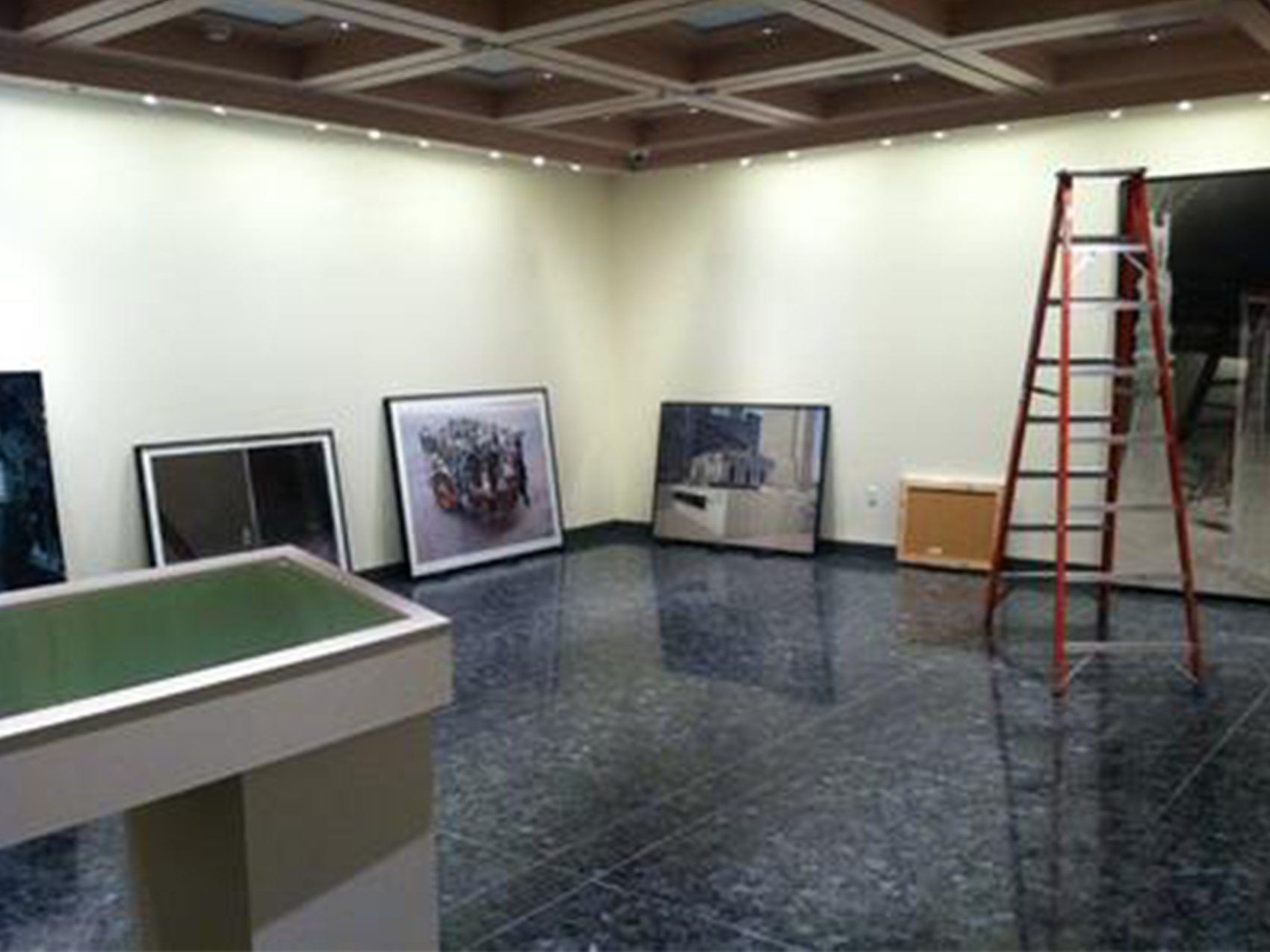
Installation in progress—the Carol T. Christ Gallery for Asian Art at SCMA